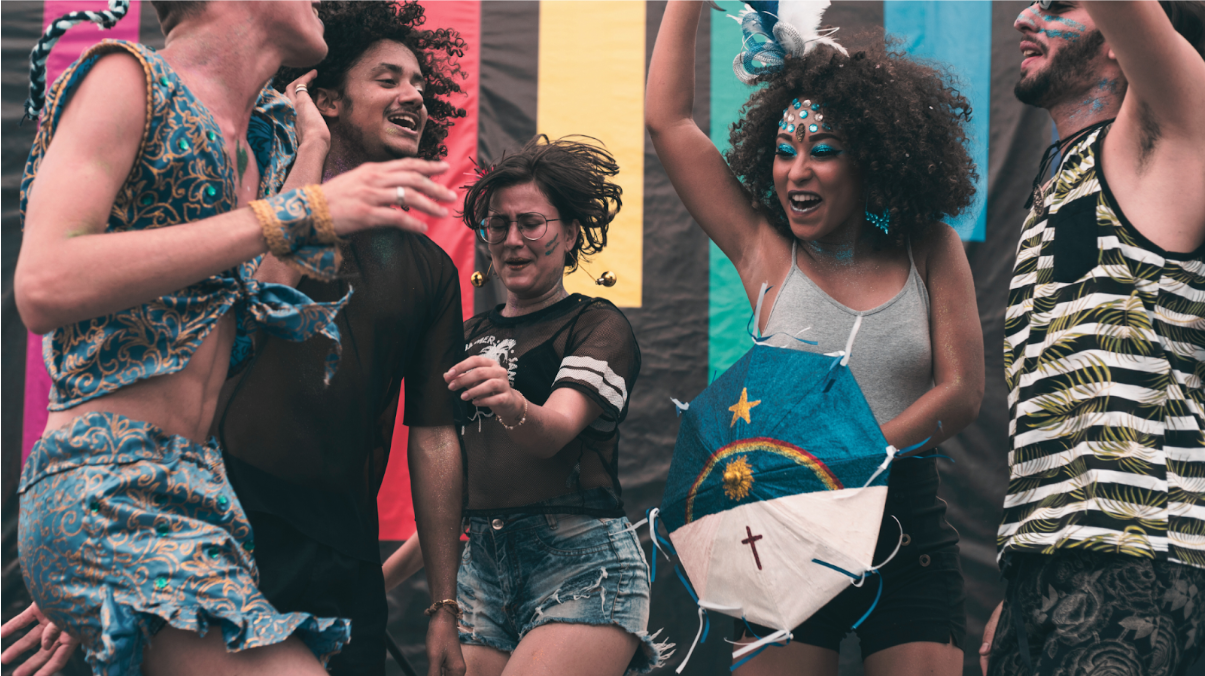Embracing Diversity and Inclusivity in Art: Amplifying Underrepresented Voices
Art is more than creativity—it reflects the diverse experiences of human life. In a globalised world, diversity and inclusivity in art are crucial for amplifying underrepresented voices and shaping culture. This blog explores their importance, shares success stories, and examines how inclusive art initiatives influence trends. Whether you’re an artist, curator, or art enthusiast, discover how diverse perspectives drive artistic change.
The Importance of Diversity and Inclusivity in Art
The concept of diversity and inclusivity in art is crucial for several reasons:
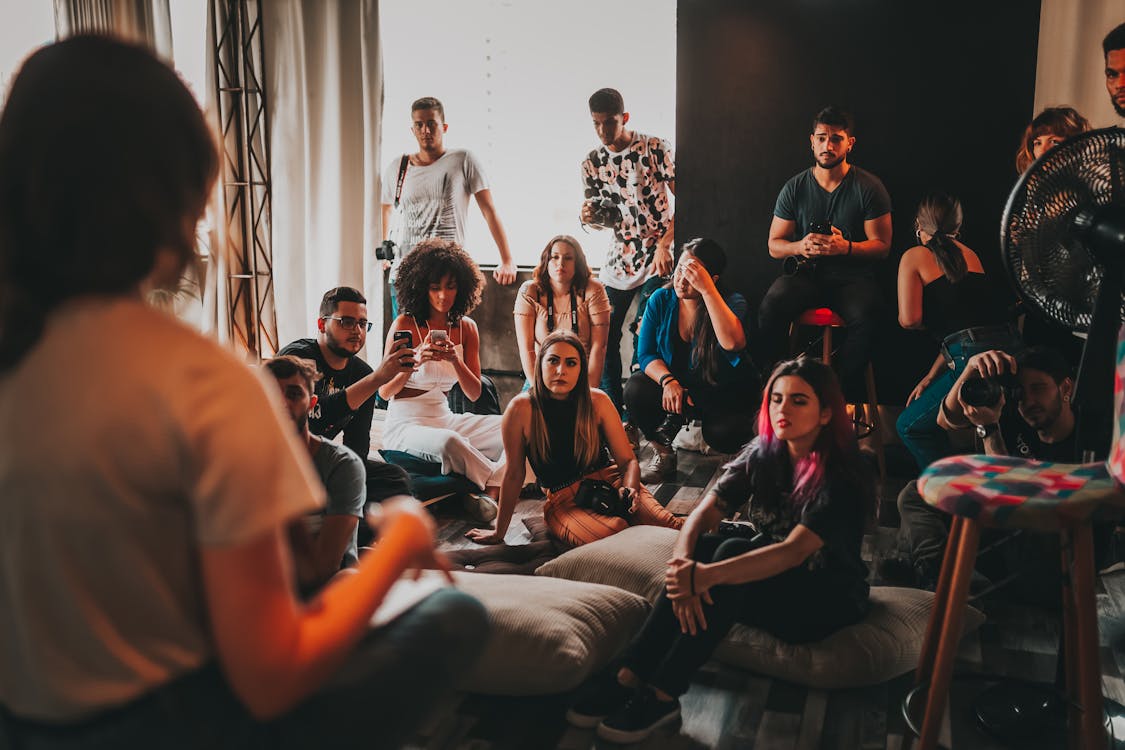
Reflection of Societal Diversity: Art reflects society. A diverse range of art helps accurately depict our global community’s multifaceted nature. This includes showcasing artists and subjects from various backgrounds, cultures, and identities.
Challenging Preconceptions: Diverse art can challenge stereotypes and preconceived notions. It introduces audiences to new perspectives and life experiences, which can lead to greater empathy and comprehension.
Cultural Understanding and Exchange: When art thoughtfully represents various cultures and experiences, it acknowledges and celebrates their inherent differences. This inclusive portrayal fosters a deeper understanding and appreciation of these diverse nuances, encouraging meaningful exchange and dialogue—essential in our interconnected world.
Inclusivity in the Art World: Representation ensures that all voices can be heard and seen. Inclusive representation is crucial in the arts, ensuring that artists from diverse backgrounds have the opportunity to both create and exhibit their work.
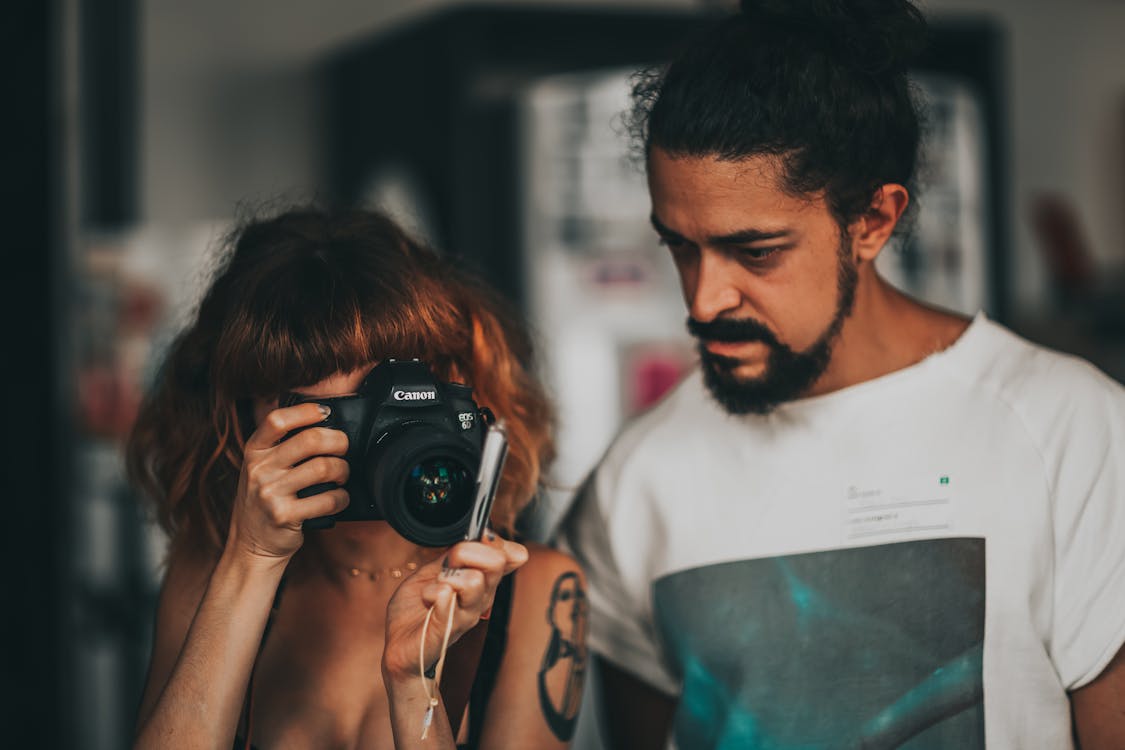
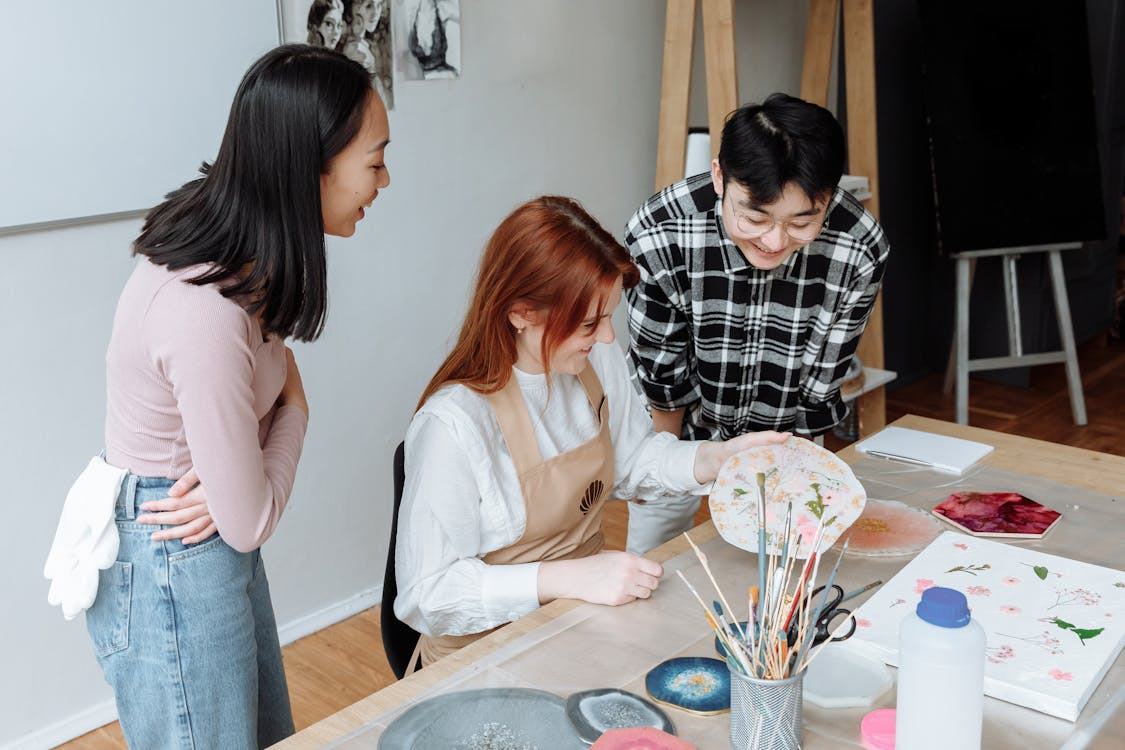
Inspiration and Aspiration: Seeing oneself represented in art can be incredibly empowering. It can inspire individuals from underrepresented groups to pursue their artistic endeavours, knowing their voices and stories are valid and valued.
Evolution of Artistic Expression: Diversity and inclusivity in art contribute to the evolution of artistic styles and narratives. It brings fresh perspectives and ideas, keeping the art world dynamic and ever-evolving.
Diversity and inclusivity in art are essential for a more inclusive, empathetic, and culturally rich society. They ensure that the vast spectrum of human experiences is acknowledged and celebrated.
Top Artists Redefining Diversity in Contemporary Art
Celebrating diversity in art means spotlighting the voices that have historically been marginalised. In this section, we introduce several influential artists whose work exemplifies the power of diverse art representation.
1. Indigenous Creators
Jeffrey Gibson
An artist of Choctaw and Cherokee descent, Gibson merges traditional Native American symbolism with contemporary visual techniques. His work challenges the notion of a fixed cultural identity and invites viewers to explore the deep layers of Indigenous heritage and modern reinterpretation.
Wendy Red Star
A proud member of the Apsáalooke (Crow) Tribe, Red Star’s innovative approach fuses traditional Native American imagery with contemporary commentary. Her art addresses the intersection of heritage and modernity, revealing that cultural pride can flourish in today’s dynamic art scene.
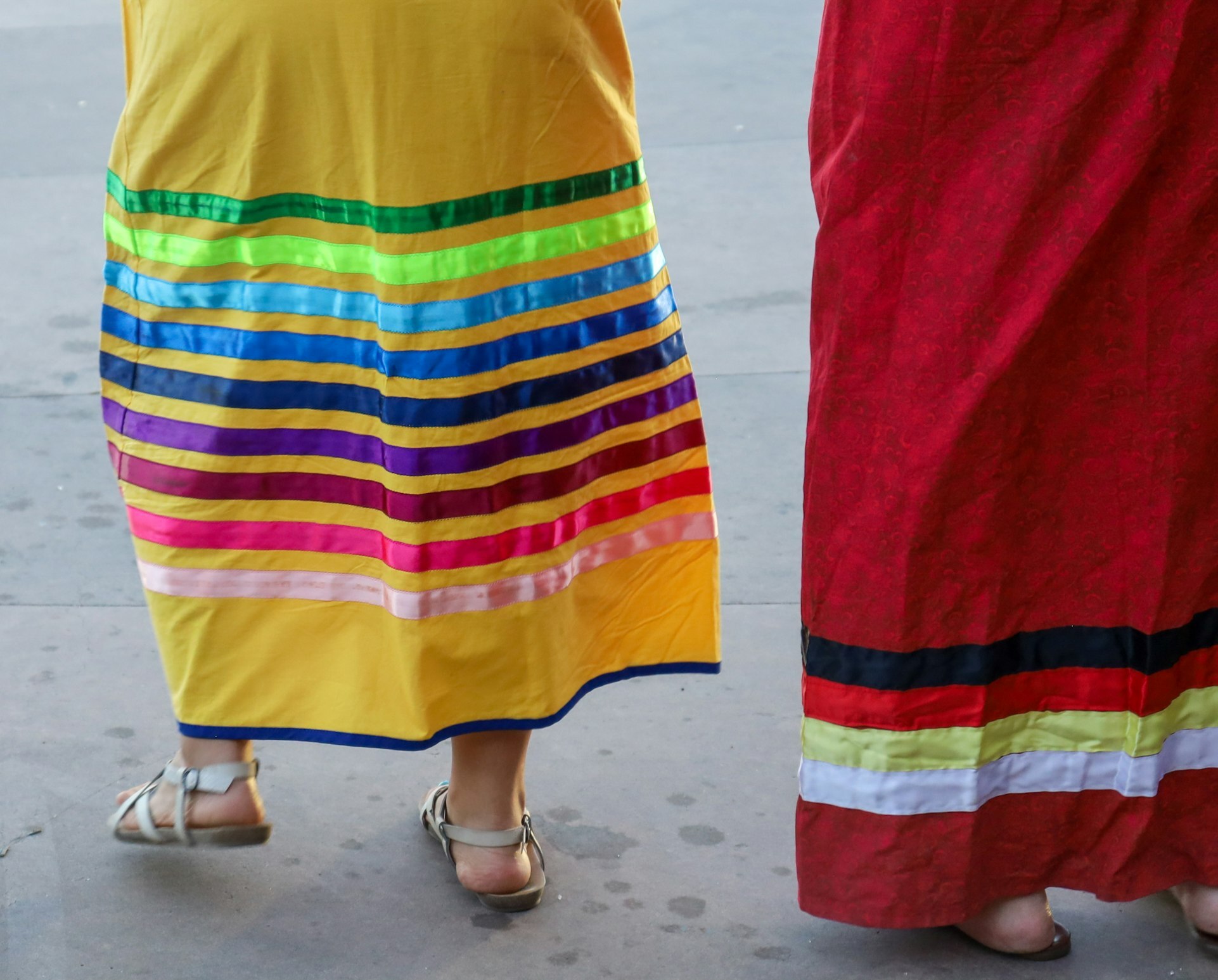
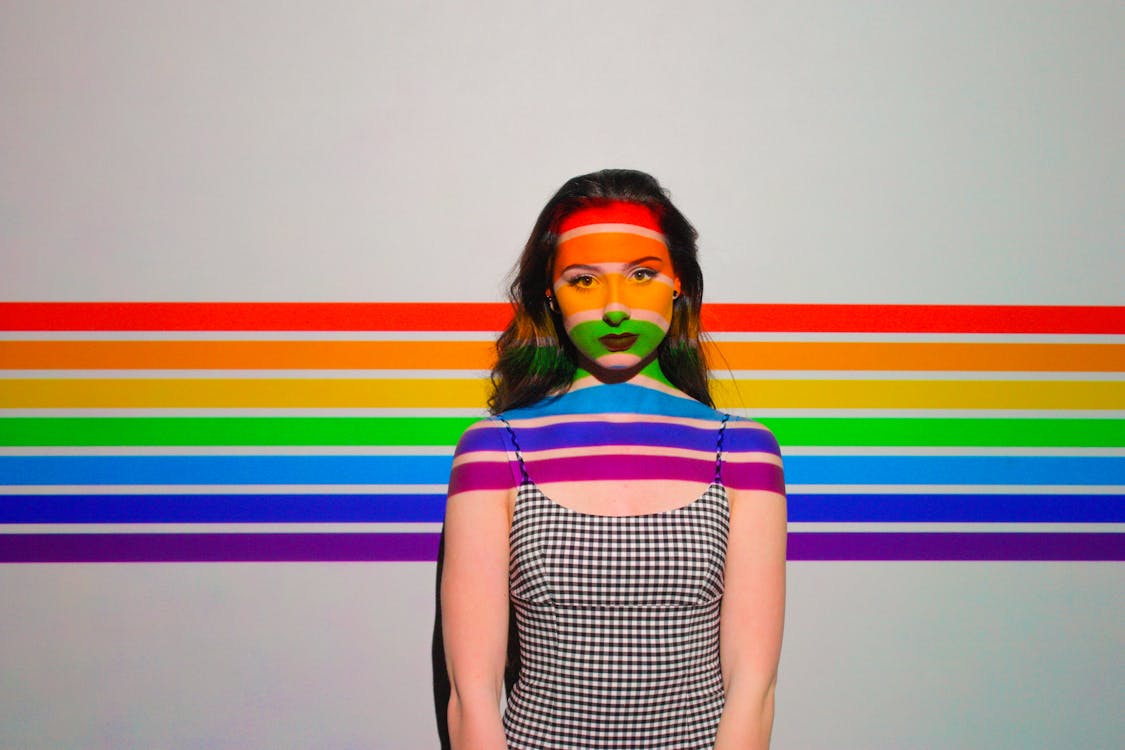
2. LGBTQ+ Artists
Zanele Muholi
A South African visual activist, Muholi uses photography to document and celebrate the lives of black lesbians in South Africa. Her powerful images confront societal prejudices and affirm the beauty and resilience of the LGBTQ+ community.
Felix Gonzalez-Torres
A Cuban-American conceptual artist, Gonzalez-Torres’s works explore love, loss, and themes of identity. His art has been celebrated for its profound emotional impact and ability to connect personal experience with broader social narratives.
3. Artists from Underrepresented Ethnic Backgrounds
Yayoi Kusama
Japanese contemporary art icon Yayoi Kusama is celebrated for her immersive installations and innovative use of repetition and pattern. Kusama’s visionary work transcends cultural boundaries and invites viewers into mesmerising, otherworldly environments.
Kehinde Wiley
Renowned for his vibrant, larger-than-life portraits, Kehinde Wiley reimagines traditional representations of power by placing people of colour at the centre of art history. His work challenges established norms and creates a dialogue about race, identity, and representation in art.

These artists have significantly contributed to the art world, pushing boundaries and reshaping perspectives. Exploring their work can provide insight into inclusivity in art, various cultural perspectives, and the shared human experience.
4. Success Stories: Celebrating Underrepresented Voices in Art
Highlighting success stories not only honours the achievements of underrepresented artists but also underscores the transformative impact of diversity and inclusivity in art. Below are several inspiring stories that demonstrate how embracing varied perspectives enriches the cultural narrative.
1. Rediscovering Overlooked Female Surrealists
For many years, the contributions of female surrealist artists were overshadowed by their male counterparts. However, a recent resurgence in interest has brought forgotten artists like Maeve Gilmore and Bona de Mandiargues into the spotlight. Their visionary works are now featured in major exhibitions and academic studies, challenging the established art historical canon. This revival is part of a broader movement to integrate non-Western and non-white artists into mainstream art history.
Read more about this in the Financial Times.
2. Tanya Saracho: Ensuring Latino Representation in Media
Playwright and showrunner Tanya Saracho has become a beacon for Latino representation in the media industry. Committed to portraying authentic queer and Latino characters, Saracho’s work is a testament to the power of inclusive storytelling. Despite numerous challenges, she continues breaking down barriers in Hollywood, ensuring that underrepresented voices sit at the table.
Discover Tanya Saracho’s journey on Time.
3. TRANSA: Celebrating Trans and Nonbinary Musicians
TRANSA, a compilation album produced by Red Hot, celebrates the vibrant contributions of trans, nonbinary, and queer musicians. The project features over 100 artists and is a living document of contemporary trans music. TRANSA not only highlights the creativity of queer artists but also fosters cultural empathy by bringing their narratives to a broader audience.
Learn more about TRANSA and its impact on queer music culture on them.us.
Inclusive Art Initiatives Transforming the Industry
Numerous initiatives worldwide are actively promoting diversity and inclusivity in art. These inclusive art initiatives support underrepresented artists, foster community engagement, and drive cultural innovation.
Women’s Center for Creative Work (WCCW)
WCCW is a Los Angeles-based organisation that supports women and non-binary artists through various programmes, including artist residencies, skill-sharing workshops, and collaborative projects.
Queer|Art
Queer|Art is committed to nurturing and empowering LGBTQ+ artists through mentorship programmes, fellowships, and exhibitions that showcase the varied perspectives within the queer community.
National Association of Latino Arts and Cultures (NALAC)
NALAC supports Latinx artists and cultural workers by providing grants for professional development opportunities and advocating for equitable representation in the arts.
Disability Arts Online
This online platform is dedicated to promoting the work of disabled artists. It features articles, reviews, and profiles that highlight the contributions of artists with disabilities.
Asia Art Archive
AAA is a non-profit organisation that documents and promotes contemporary art history in Asia. It works towards inclusivity by archiving and showcasing diverse voices from the Asian art scene.
ProjectArt
ProjectArt is committed to providing free arts education in public libraries across the United States, focusing on underserved youth. It supports artists by offering teaching opportunities and fostering community engagement.
These initiatives play a crucial role in creating a more inclusive and equitable art world, breaking down barriers and providing platforms for artists who have historically faced marginalisation. Diversity and inclusivity in art are essential for ensuring all voices are heard and represented, enriching the cultural landscape and fostering greater understanding and appreciation across different communities.
The Impact of Diverse Perspectives on Art Trends
Infusing diverse perspectives into art enriches the creative process and fundamentally transforms trends. Here, we explore the multifaceted impact of diverse artistic voices on contemporary art.
1. Innovative Artistic Expression
Artists from diverse backgrounds bring unique perspectives that introduce new aesthetics, techniques, and storytelling methods. Their work enriches the artistic landscape by incorporating cultural influences, reinterpreting classic styles, and experimenting with fresh visual languages. This continuous innovation expands the possibilities of creative expression.
2. Challenging Artistic Norms
When underrepresented voices take center stage, they reshape how art is defined and perceived. These artists broke from rigid artistic classifications by blending unexpected materials, merging artistic traditions, and addressing unconventional themes. Their work challenges long-standing norms, paving the way for a more inclusive and evolving art world.
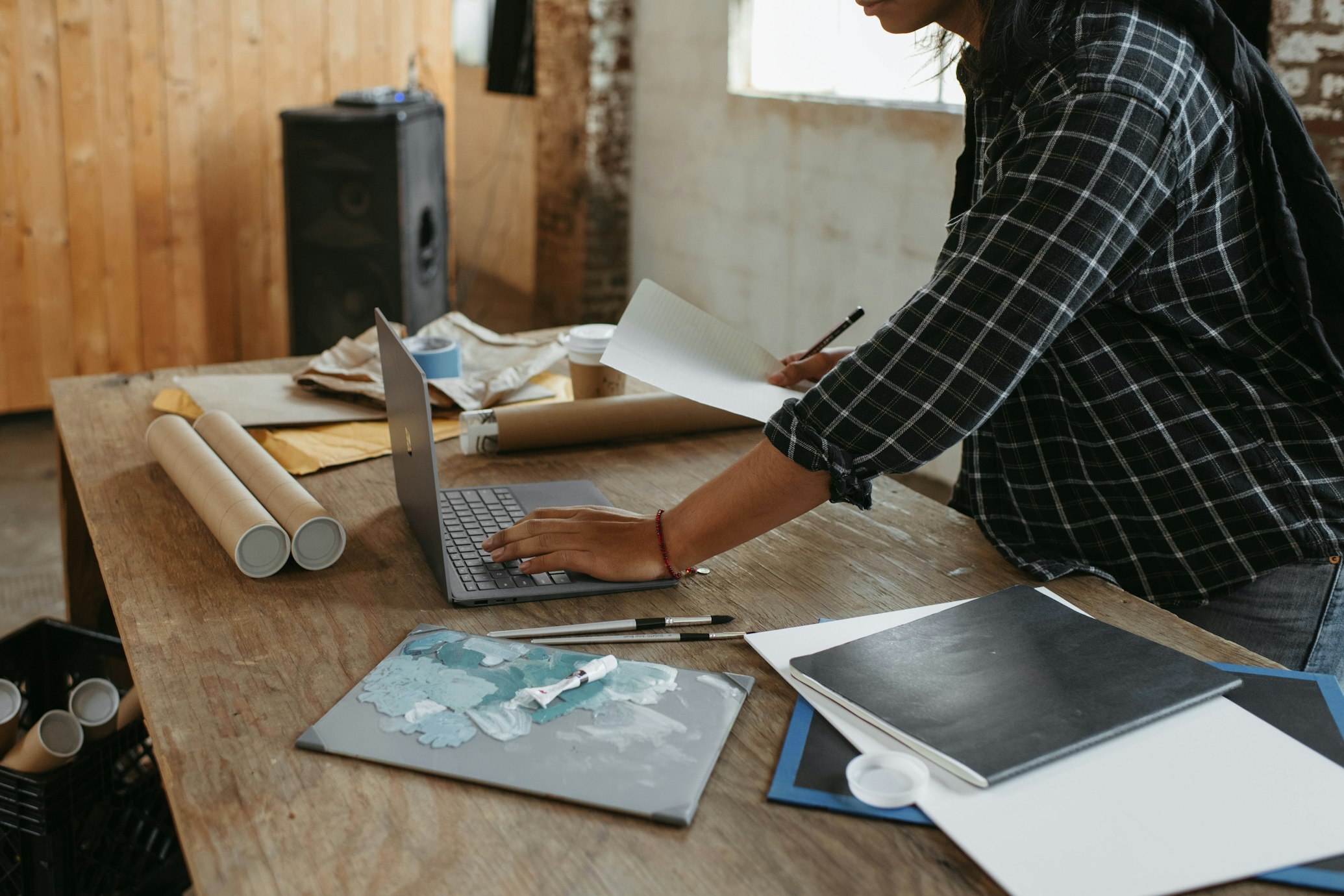

3. Cultural Fusion and Hybridity
The convergence of various cultural influences often leads to the creation of hybrid art forms that combine elements from different traditions. This fusion results in visually stunning works representing the dynamic interplay of heritage, modernity, and innovation. Such cultural hybridity enriches the artistic landscape and fosters cross-cultural dialogue.
4. Social and Political Commentary
Art has always served as a medium for social commentary. With diverse perspectives at the helm, contemporary art is uniquely positioned to capture and reflect the complexities of modern societal issues. From political activism to social justice, these artworks encourage critical thinking and dialogue, inspiring audiences to take action.
5. Global Influence and Cross-Cultural Exchange
In today’s digital age, art from diverse backgrounds reaches a global audience. Artists can share their work internationally through social media and online platforms, leading to a cross-cultural exchange of ideas. This global connectivity broadens the influence of diverse art and fosters a more inclusive understanding of creativity across borders.
6. Embracing Digital and Technological Advancements
Many contemporary artists are at the forefront of integrating technology into their creative processes. From digital installations and virtual reality experiences to AI-driven art, these advancements are expanding the possibilities of artistic expression. Diverse artists integrating technology are shaping the future of art, exploring innovative techniques that capture our ever-changing digital world.
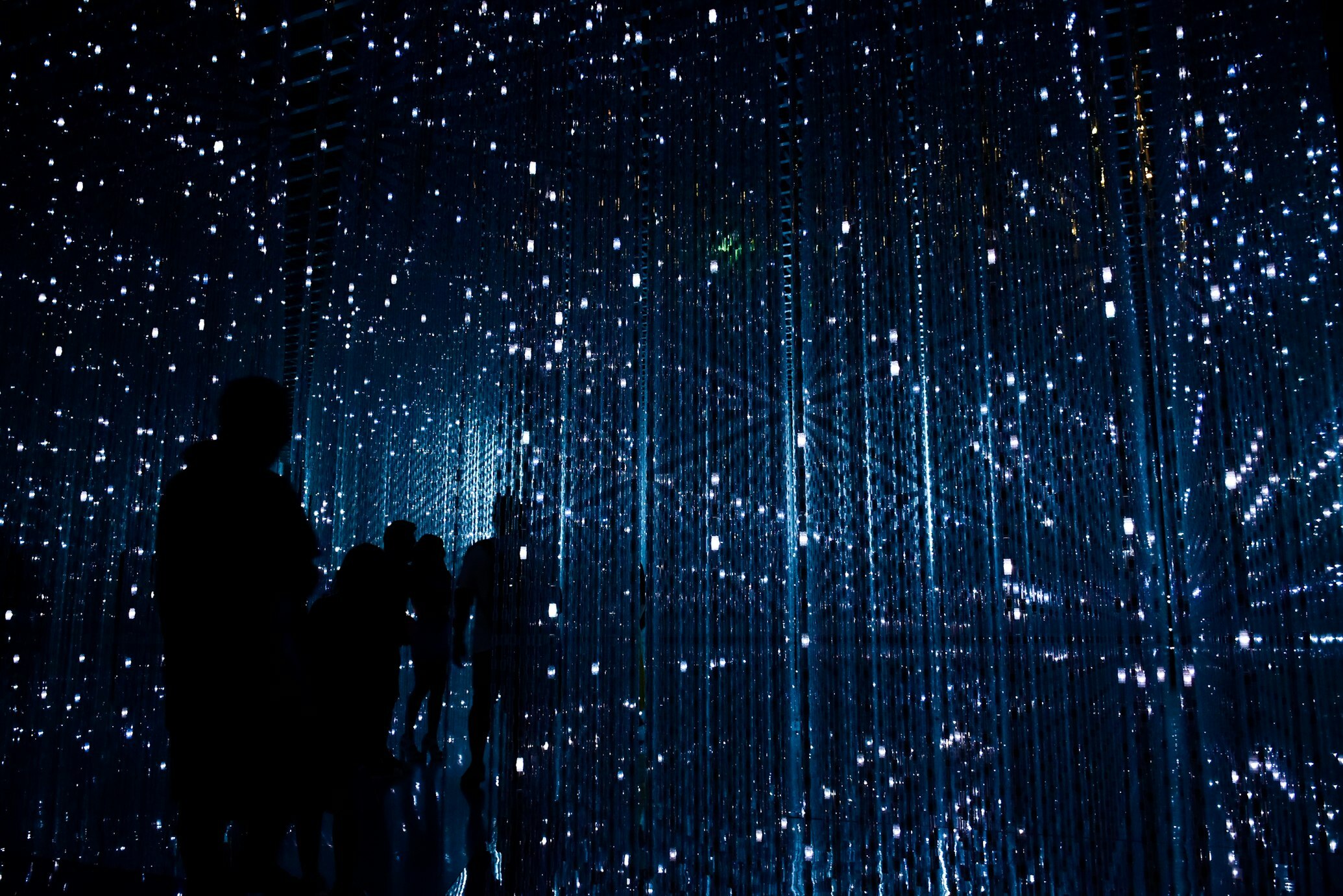
Diverse perspectives are instrumental in shaping contemporary art trends. They bring richness and depth to the art world, creating a dynamic, inclusive, and constantly evolving cultural landscape. These perspectives reflect our world and emphasise the importance of diversity and inclusivity in art.
How Art Galleries Can Foster Inclusivity
Art galleries play a crucial role in shaping the cultural narrative and can drive inclusivity by:
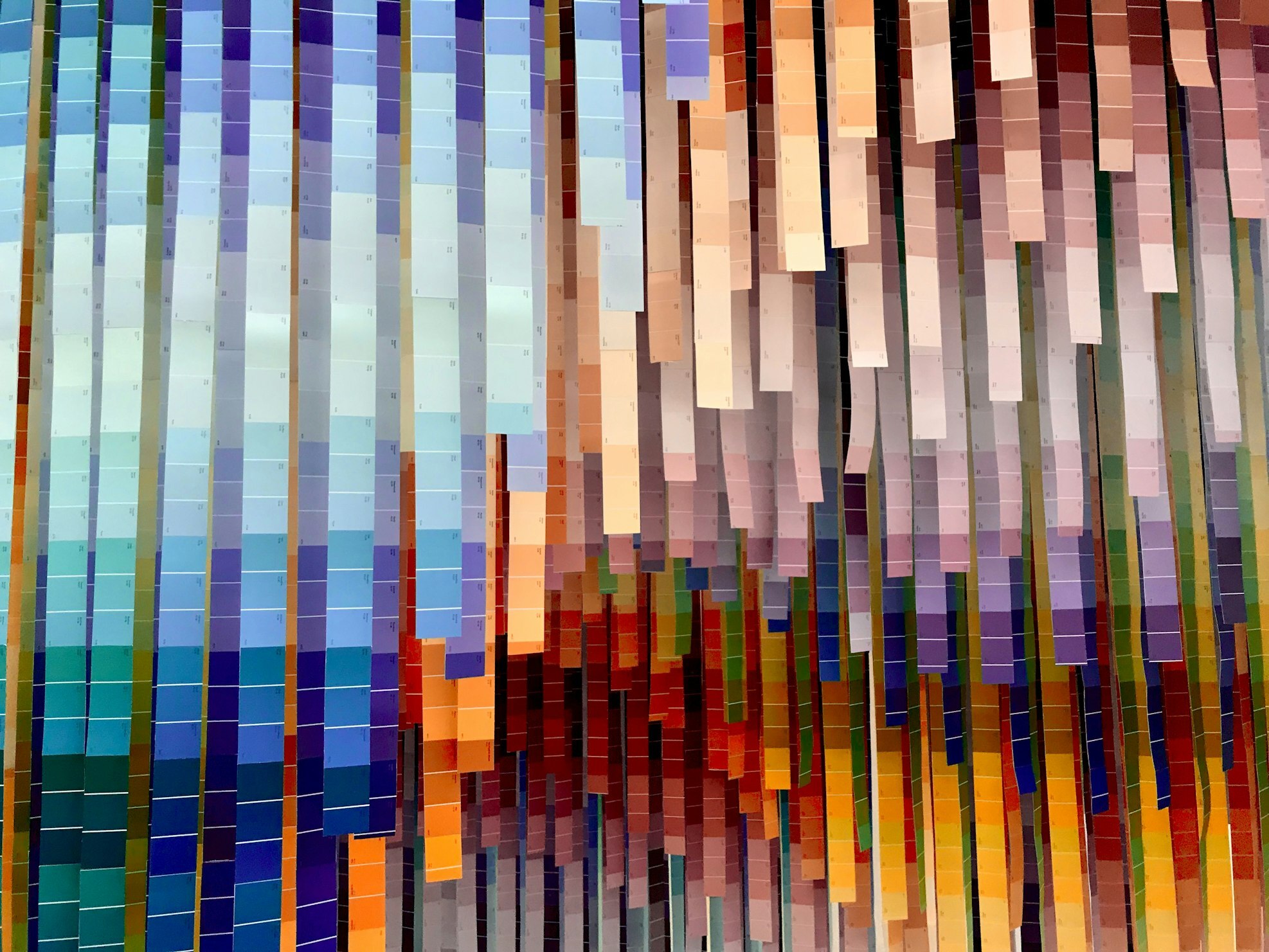
- Showcasing Diverse Artists – Exhibitions that feature artists from underrepresented backgrounds ensure that a broader range of voices are heard.
- Collaborating with Cultural Organisations – Partnering with community groups, cultural institutions, and advocacy organisations can create more meaningful and representative exhibitions.
- Hosting Educational Programmes – Workshops, talks, and interactive sessions on identity, heritage, and social justice can engage diverse audiences and encourage dialogue.
- Improving Accessibility – Ensuring physical and digital accessibility, offering multilingual resources, and providing free or low-cost entry options can make galleries more welcoming.
Galleries can break barriers and foster a more inclusive, dynamic art space by actively integrating these initiatives.
Conclusion
In today’s interconnected world, diversity and inclusivity in art are essential for a dynamic cultural landscape. Amplifying underrepresented voices allows for a broader range of stories and perspectives, shaping a more authentic creative future.
From innovative artistic approaches to community-driven initiatives, inclusivity challenges norms and expands the boundaries of creative expression. When art reflects all aspects of society, it becomes a tool for dialogue, empathy, and social change. Supporting diversity in art fosters a creative space where every voice matters and new ideas can thrive.
External Resources and Recommended Readings
To further enrich your understanding of diversity and inclusivity in art, here are some external resources and readings:
- Cultural Understanding: Explore insights on Asian Pacific cultures at the Smithsonian Asian Pacific American Center.
- Art & Activism: Discover how art drives social change at the National Museum of African American History and Culture.
- LGBTQ+ Representation: Visit GLAAD for resources promoting LGBTQ+ inclusion in media and art.
- Contemporary Indigenous Art: Delve into groundbreaking Indigenous art through First American Art Magazine.
FAQs
Diversity and inclusivity in art involve representing a broad spectrum of cultures, backgrounds, and identities. This approach ensures that the voices of underrepresented communities are heard, challenges traditional norms, and fosters empathy through creative storytelling.
They are crucial for showcasing society’s multifaceted nature. Inclusive art creates a platform for cultural exchange, drives creative innovation, and challenges stereotypes. Embracing diverse perspectives enriches artistic expression and deepens the impact of creative work.
Diverse perspectives introduce fresh narratives, techniques, and styles that push creative boundaries. They foster cultural fusion, redefine traditional art forms, and add social and political depth to artistic expression, ultimately shaping global art trends.
Artists such as Yayoi Kusama, Kehinde Wiley, and Zanele Muholi are celebrated for championing diverse artistic voices. Their work challenges conventional portrayals and offers new insights into the human experience through innovative art.
Several organisations promote inclusivity, including:
- Queer|Art: Supports LGBTQ+ artists with mentorship and exhibitions.
- Women’s Center for Creative Work (WCCW): Empowers women and non-binary artists.
- National Association of Latino Arts and Cultures (NALAC): Advocates for Latinx artists.
- Disability Arts Online: Highlights the contributions of disabled artists worldwide.

